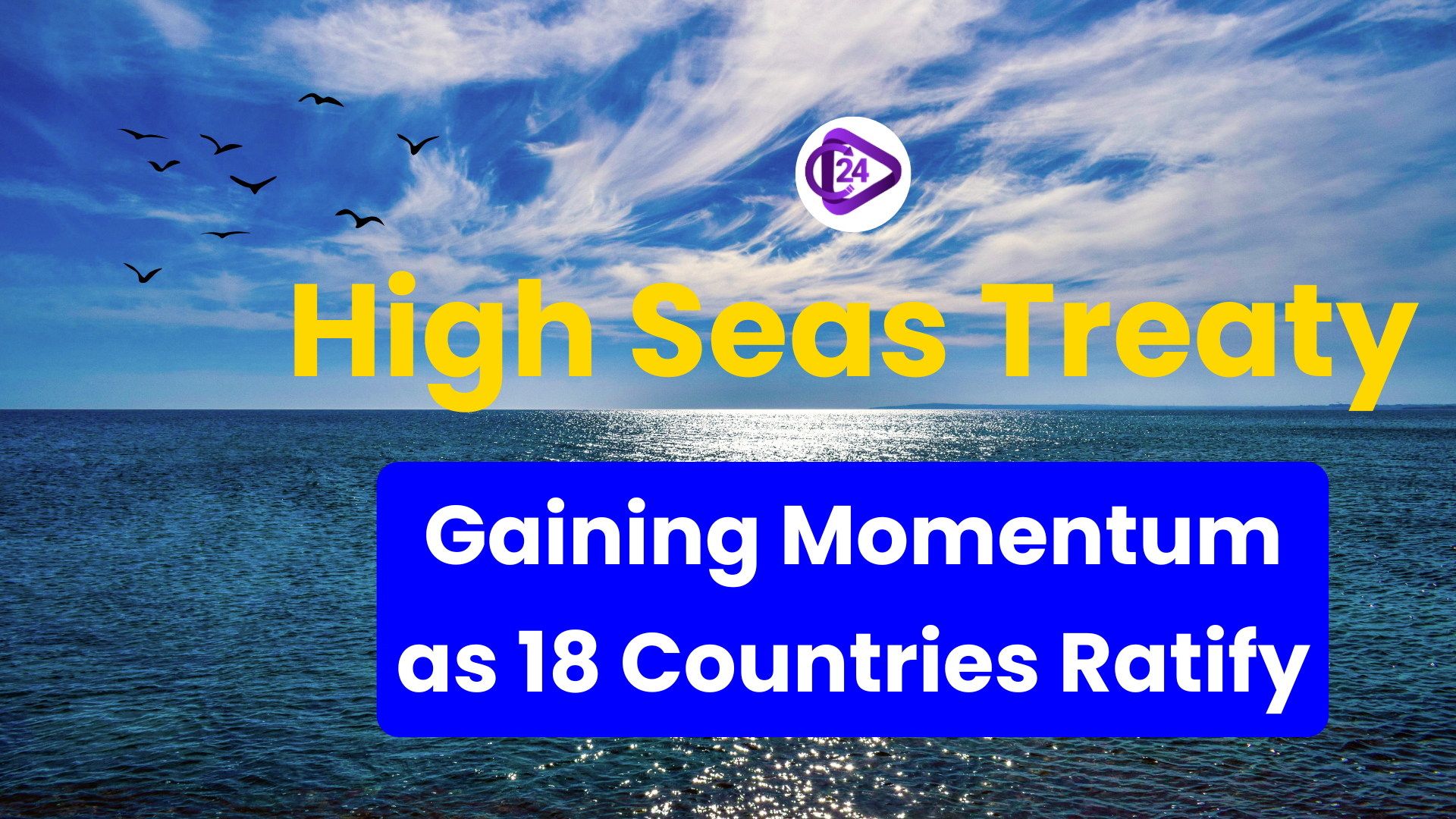
At the U.N. Ocean Conference in Nice, France, 18 countries signed the High Seas Treaty, making a total of 49 ratifications, only 11 more ratifications needed to enable the agreement to come into force. The treaty, formally called the Agreement on Biodiversity Beyond National Jurisdiction (BBNJ), is the first legally-binding instrument aimed to preserve marine diversity in international waters, making up almost two-thirds of the ocean. That boost in numbers has raised hope that the treaty might be adopted in the nearest future and become a historical change in the regulation of the world's oceans.
The High Seas Treaty is now being ratified by 49 countries and the EU, meaning that the treaty will need only 11 further ratifications in order to become effective. It is expected that the treaty will create no-take zones and manage the use of international waters sustainably, which is crucial in the process of protecting marine biodiversity.
Key Details Regarding the High Seas Treaty
1. What is the High Seas Treaty?
-
Official Name: The treaty is formally dubbed as the Agreement on Biodiversity Beyond National Jurisdiction (BBNJ).
-
Purpose: It is the first legally binding international agreement devoted to the protection of marine biodiversity in the high seas - the ocean regions that are not under the jurisdiction of any single nation.
-
Scope: The high seas make up almost two-thirds of the ocean and almost half of the planet, but so far, they have had no effective protection in terms of legislation.
2. Why is the Treaty Important?
-
Lack of Regulation: When this treaty was entered there was no wide ranging regulatory regime that could establish marine areas of protection or impose conservation strategies in the high seas which are becoming more vulnerable to overfishing, climate change and deep sea mining.
-
Environmental Pressures: As the high seas come under increased pressures, environmentalists cautioned that marine life is vulnerable to irreparable damage unless it is legally protected.
-
Megan Randles, the global political lead of oceans at Greenpeace, explained that the situation on the high seas was, until now, comparable to the wild west, with no effective regulations to speak of.
3. Role in Achieving Global Goals
-
30x30 Target: The agreement is also important to the global 30x30 target to ensure 30 percent of the Earth is protected by land and sea by the year 2030.
-
Marine Protected Areas (MPAs): It establishes a legal basis for establishing marine protected areas (MPAs) on the high seas, which will help protect marine life diversity.
- Regulation of Destructive Activities: Destructive activities that may take place, such as deep-sea mining and geo-engineering, are also regulated by the treaty to ensure such activities are controlled in a manner that does not cause more harm to ocean life.
4. Multilateral Decision-Making
-
Global Cooperation: Importantly, decisions will be reached multilaterally under the treaty via conferences of the parties (COPs) as opposed to unilateralism by individual nations. Through this system, no country will feel left out in the governance and future of the high seas.
5. What Happens Once the Treaty Reaches 60 Ratifications?
-
120-Day Countdown: After 60 countries ratify the treaty, there will be a 120-day countdown prior to the official coming into force of the treaty.
-
Marine Protected Areas Implementation: The coming into force will enable the countries to begin to identify protected areas in the high seas and to establish the required oversight structures.
-
Considerable Progress: The treaty now has 49 ratifications by countries and the European Union, so only 11 countries remain before the countdown can begin.
-
Statement by U.N. Secretary-General: António Guterres, the U.N. Secretary-General, expressed hope, saying that the treaty will enter into force soon, and urged all countries to act swiftly.
6. What Happens After 60 Ratifications?
-
COP1 Meeting: Within one year after the treaty comes into force, the first Conference of the Parties (COP1) will be held. The meeting will be aimed at preparing the ground on how the treaty will be implemented, with decisions being made on how it will be governed, funded, as well as establishing organizations that will assess proposals on marine protection.
-
Global Support: Environmental organizations are urging quick action to get beyond the needed 60 ratifications, noting that it would be ideal to have the widest possible global involvement in the treaty in order to ensure its successful operation.
7. Environmental Groups' Push for Speed
-
Aiming to exceed 60 Ratifications: Rebecca Hubbard, director of the High Seas Alliance, also pointed out that 60 ratifications is an important target, but in order to make the treaty effective, it is important that countries across the globe join in the implementation.
-
2025 as a Turning Point: The showing of support during the U.N. Ocean Conference has brought optimism that 2025 may be the year that protection of high seas becomes a reality and a turning point in ocean protection.
Conclusion
The High Seas Treaty, aimed at preserving biodiversity in international waters, is on the verge of becoming ratified historically, with 49 countries and the European Union already having signed on. When 60 countries ratify the treaty, it will come into force, and finally, the high seas, which are a crucial and rapidly degraded part of the planet, will have some protection. The treaty is a significant contribution to the development of marine protected areas and the control of damaging human practices, such as deep-sea mining, to international conservation ambitions. The energy created at the U.N. Ocean Conference has established an optimistic schedule towards the success of the treaty, and quickly is the call amongst advocates to see this treaty adopted globally by 2025.



 Bold Kurukshetra 2025 to be Hosted in Jodhpur: Strengthening India- Singapore Defence Ties
Bold Kurukshetra 2025 to be Hosted in Jodhpur: Strengthening India- Singapore Defence Ties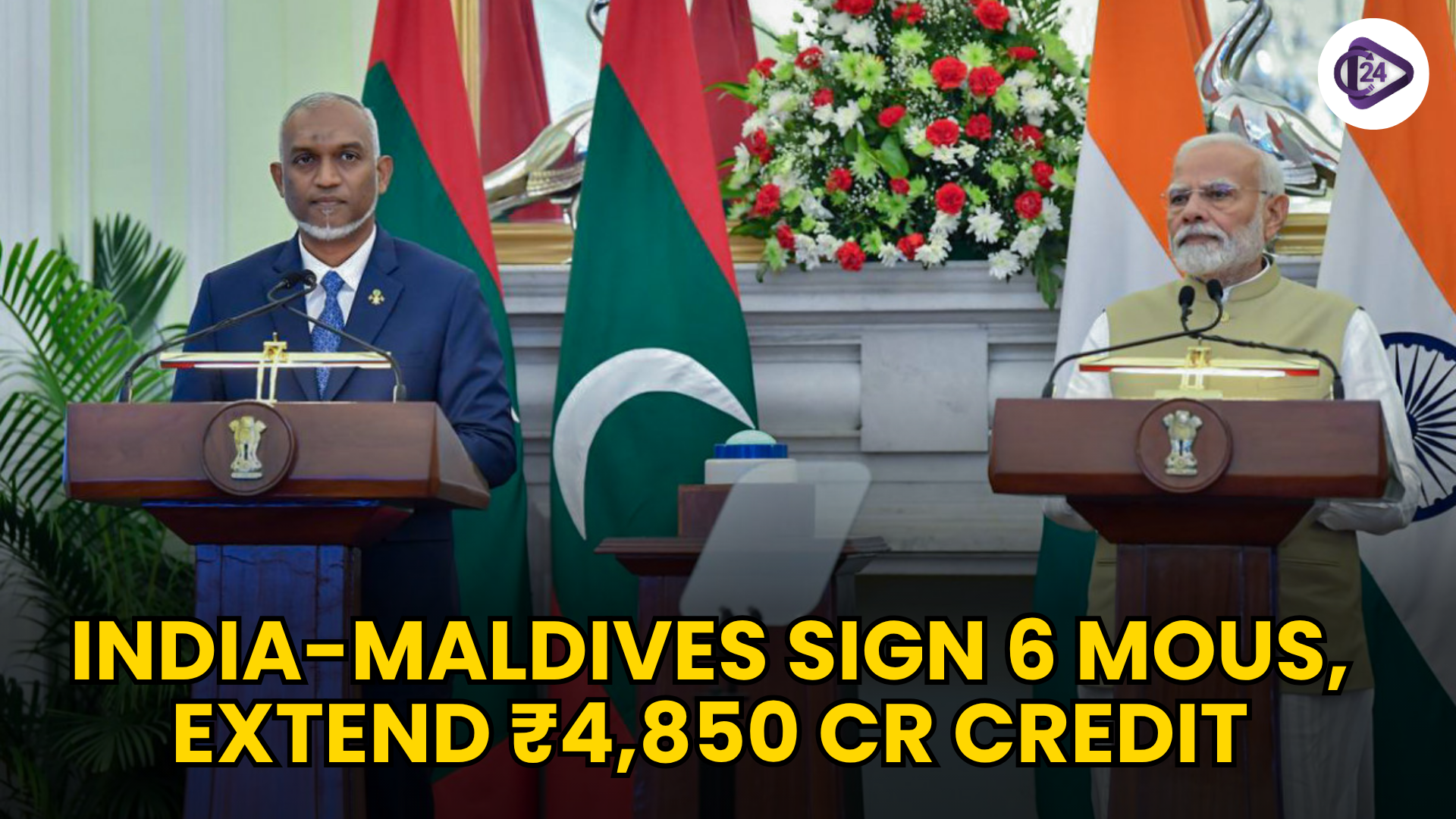 India-Maldives Strategic Ties: 6 MoUs Signed and ₹4,850 Cr Line of Credit Extended
India-Maldives Strategic Ties: 6 MoUs Signed and ₹4,850 Cr Line of Credit Extended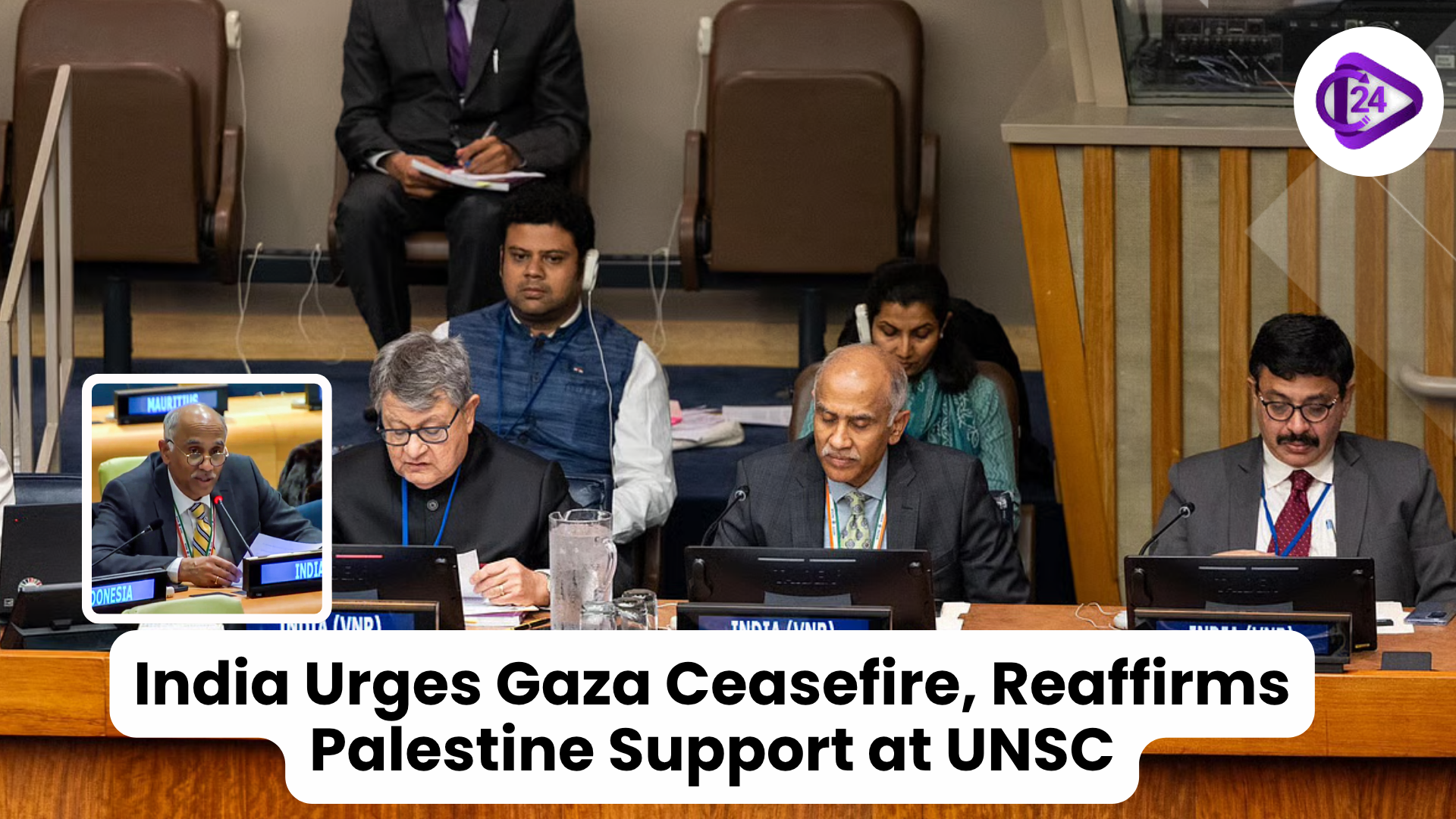 India Calls for Gaza Ceasefire, Reaffirms Support for Palestine at UNSC
India Calls for Gaza Ceasefire, Reaffirms Support for Palestine at UNSC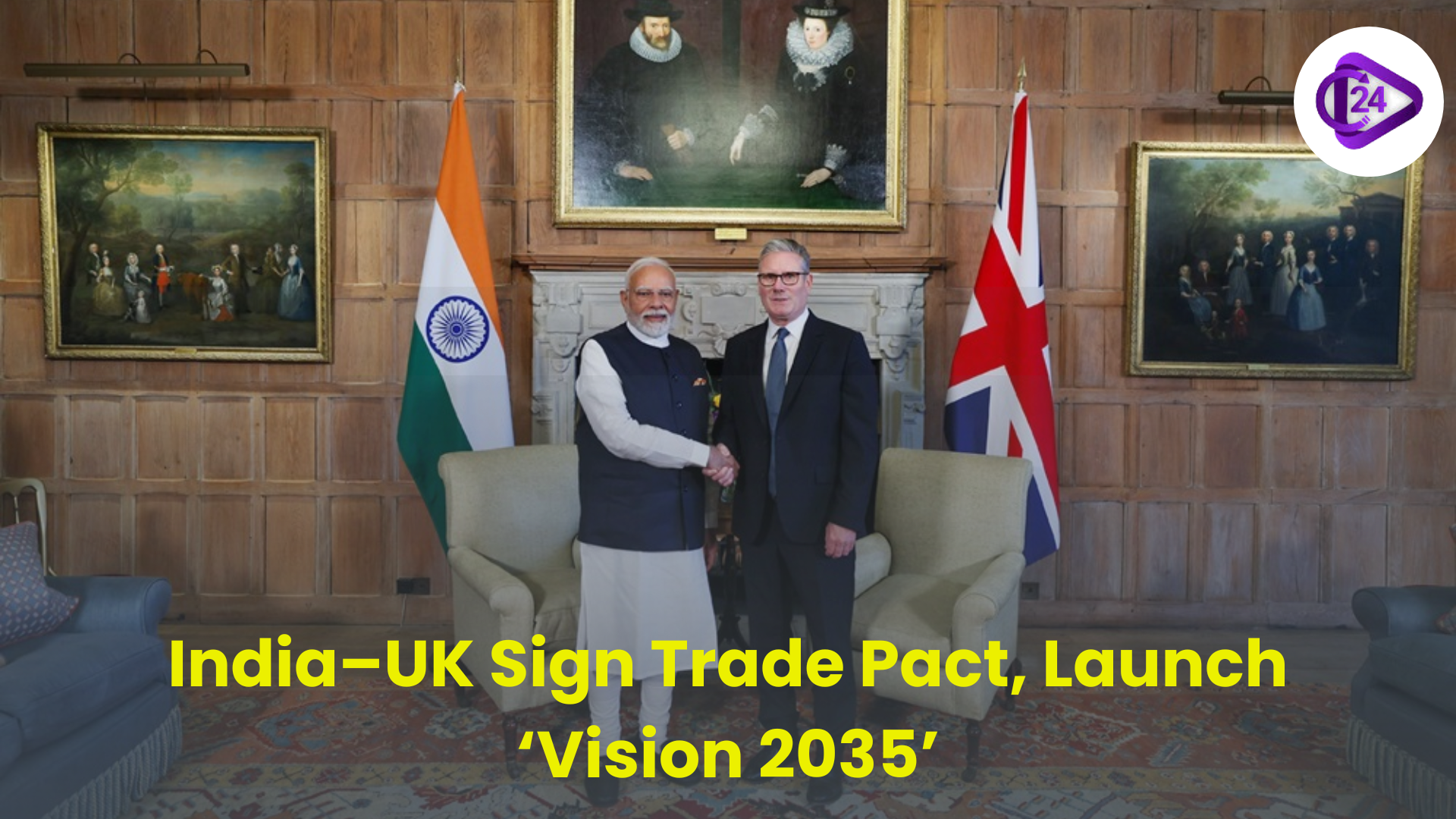 India–U.K. Sign Comprehensive Economic Trade Agreement and Launch ‘Vision 2035’
India–U.K. Sign Comprehensive Economic Trade Agreement and Launch ‘Vision 2035’ National Cooperative Policy 2025 to Launch on 24 July
National Cooperative Policy 2025 to Launch on 24 July India Resumes Tourist Visas for Chinese Nationals
India Resumes Tourist Visas for Chinese Nationals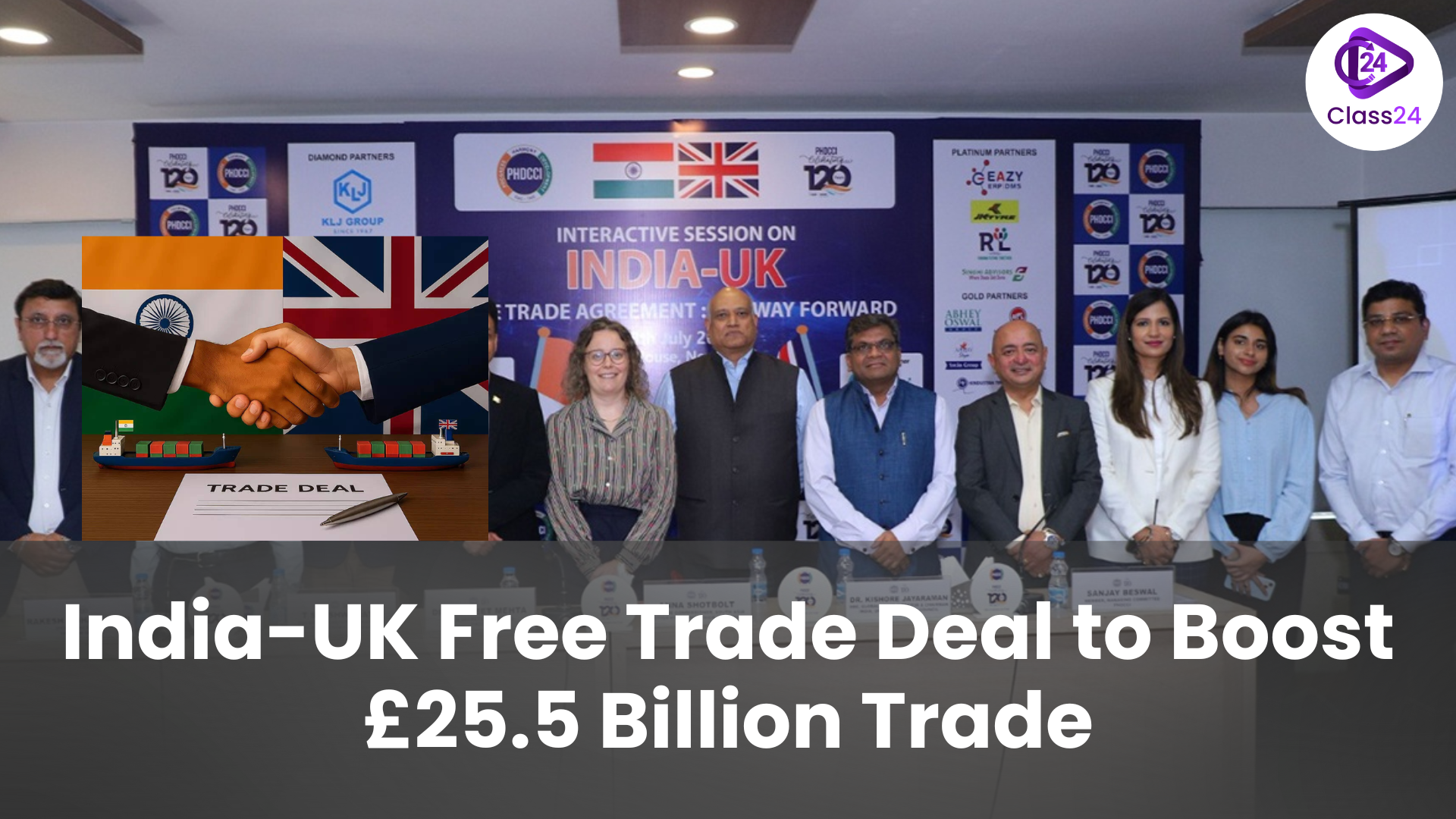 India-UK Free Trade Deal Set to Boost £25.5 Billion in Annual Trade
India-UK Free Trade Deal Set to Boost £25.5 Billion in Annual Trade India’s UN Abstentions Reach Record High Amid Global Polarisation
India’s UN Abstentions Reach Record High Amid Global Polarisation India-UAE: Nuclear Energy & Advanced Technology – The Next Strategic Frontier
India-UAE: Nuclear Energy & Advanced Technology – The Next Strategic Frontier Indian Navy to Participate in 32nd SIMBEX in Singapore
Indian Navy to Participate in 32nd SIMBEX in Singapore






